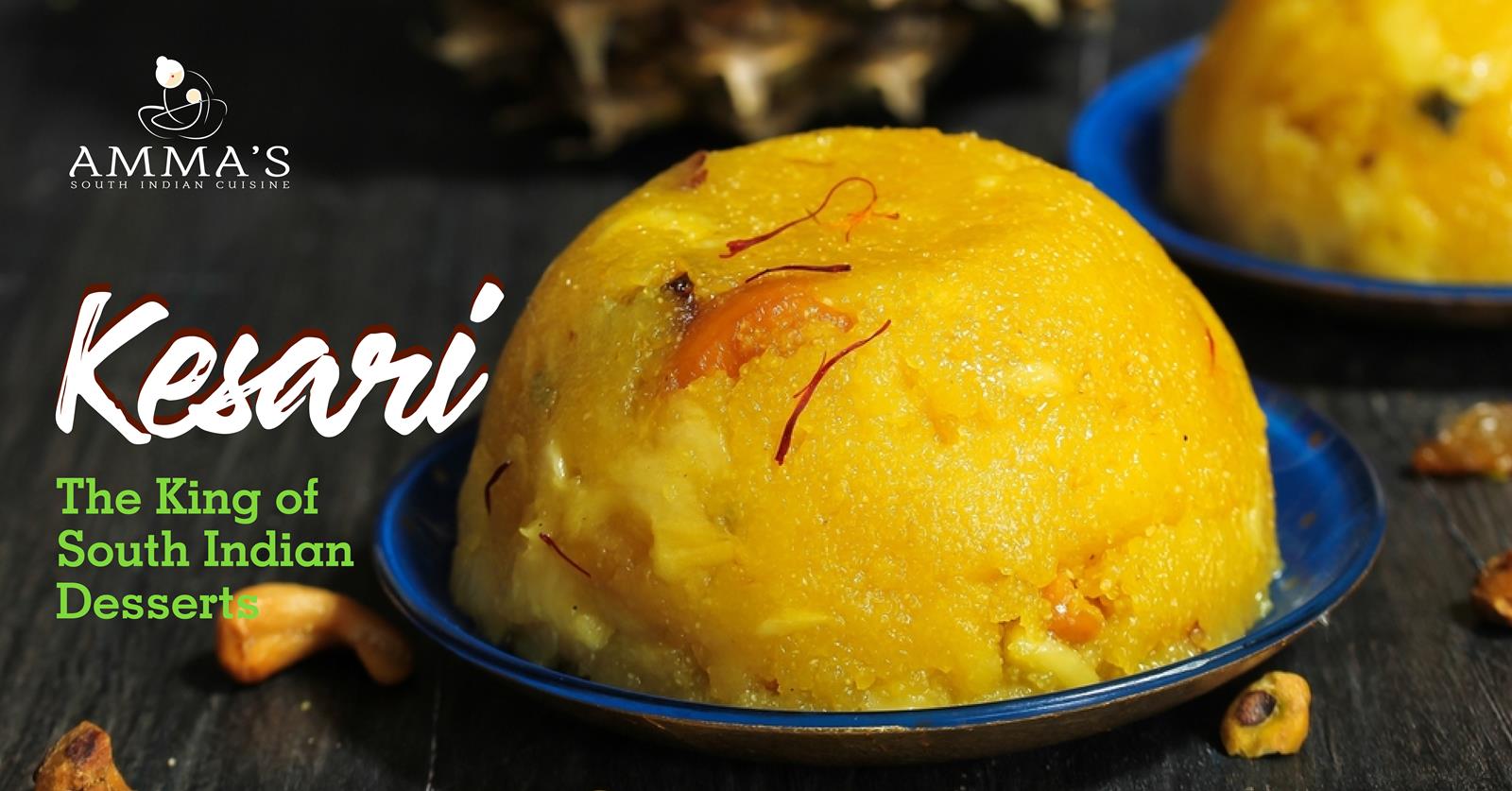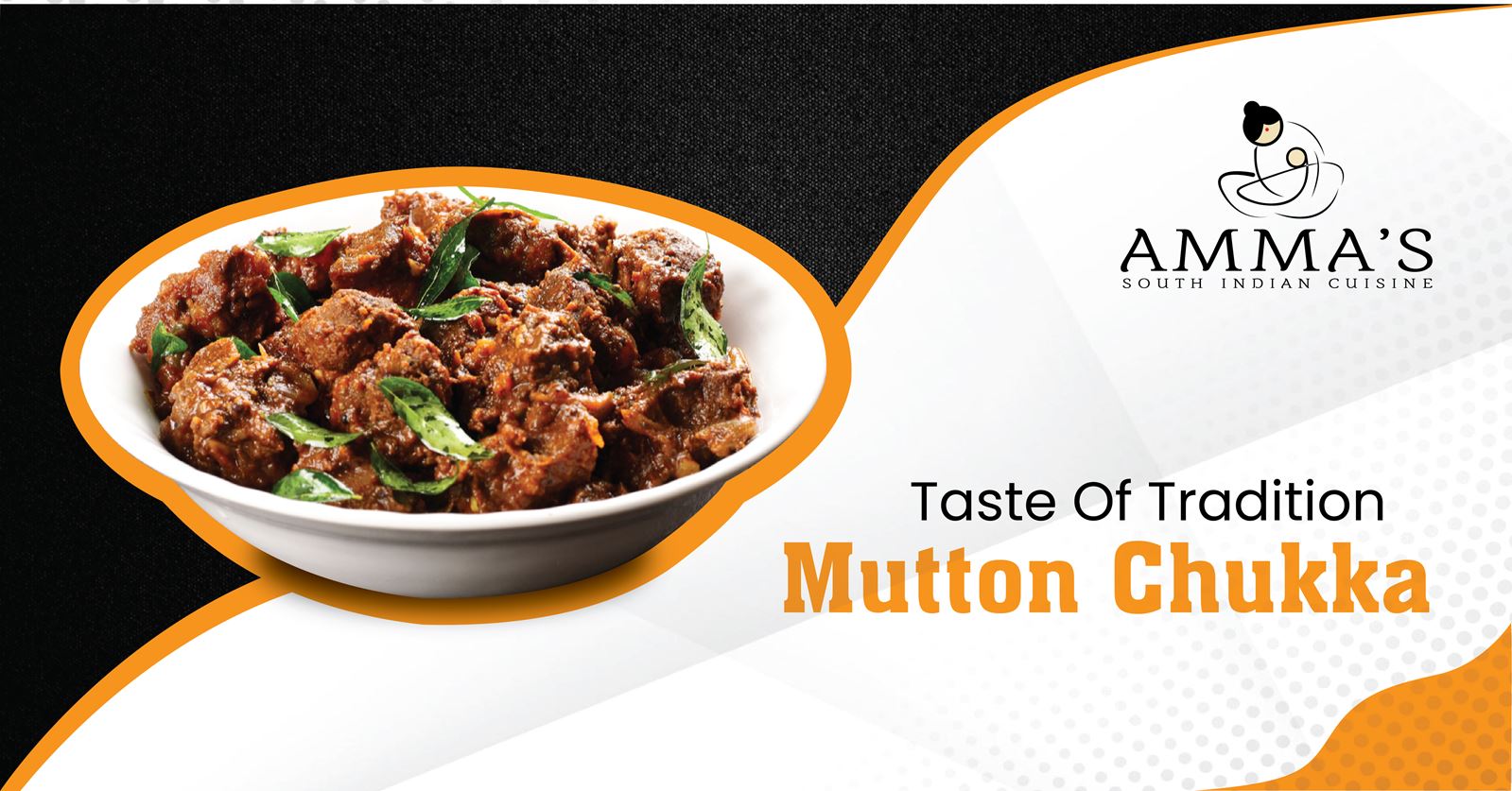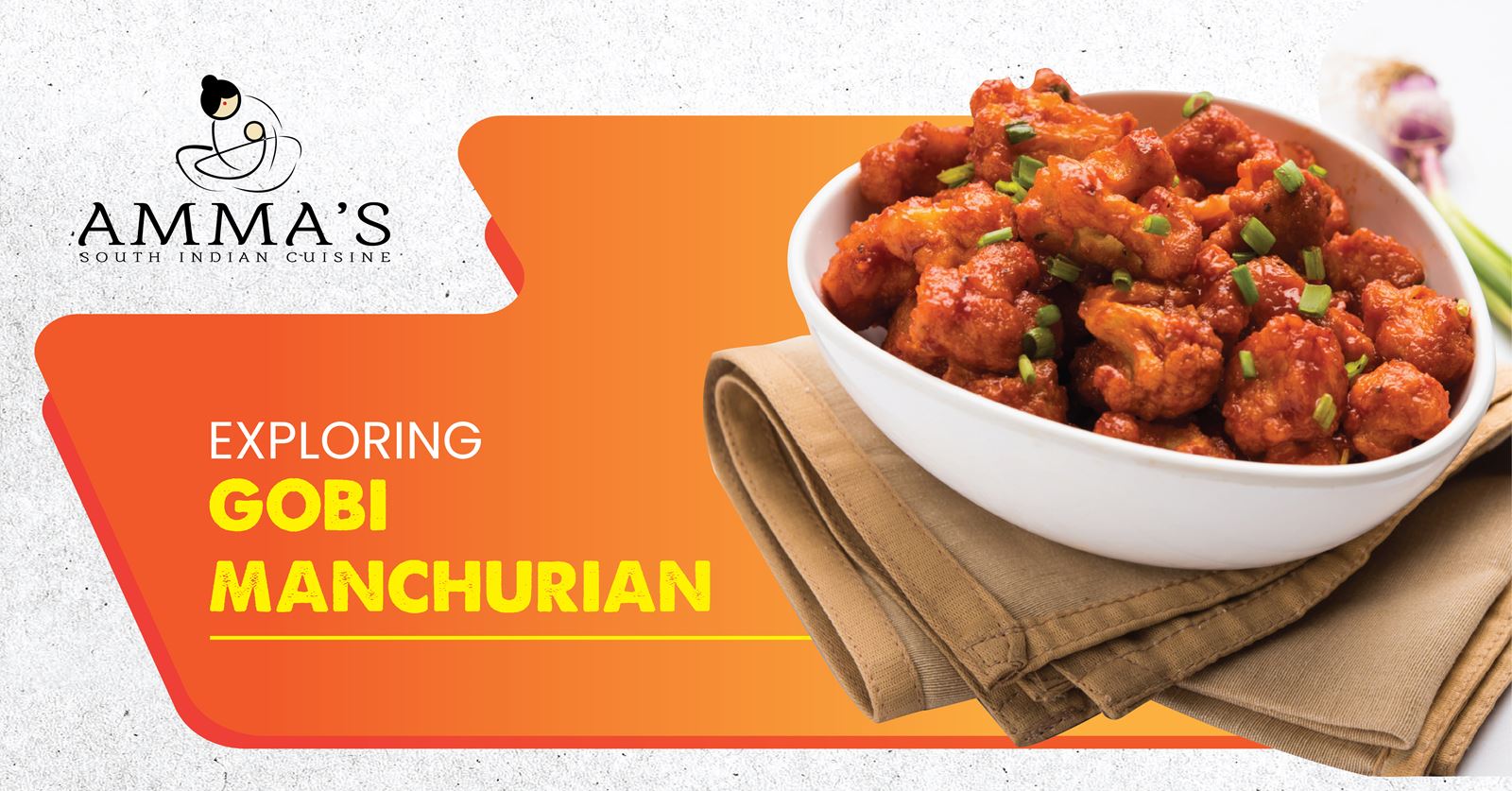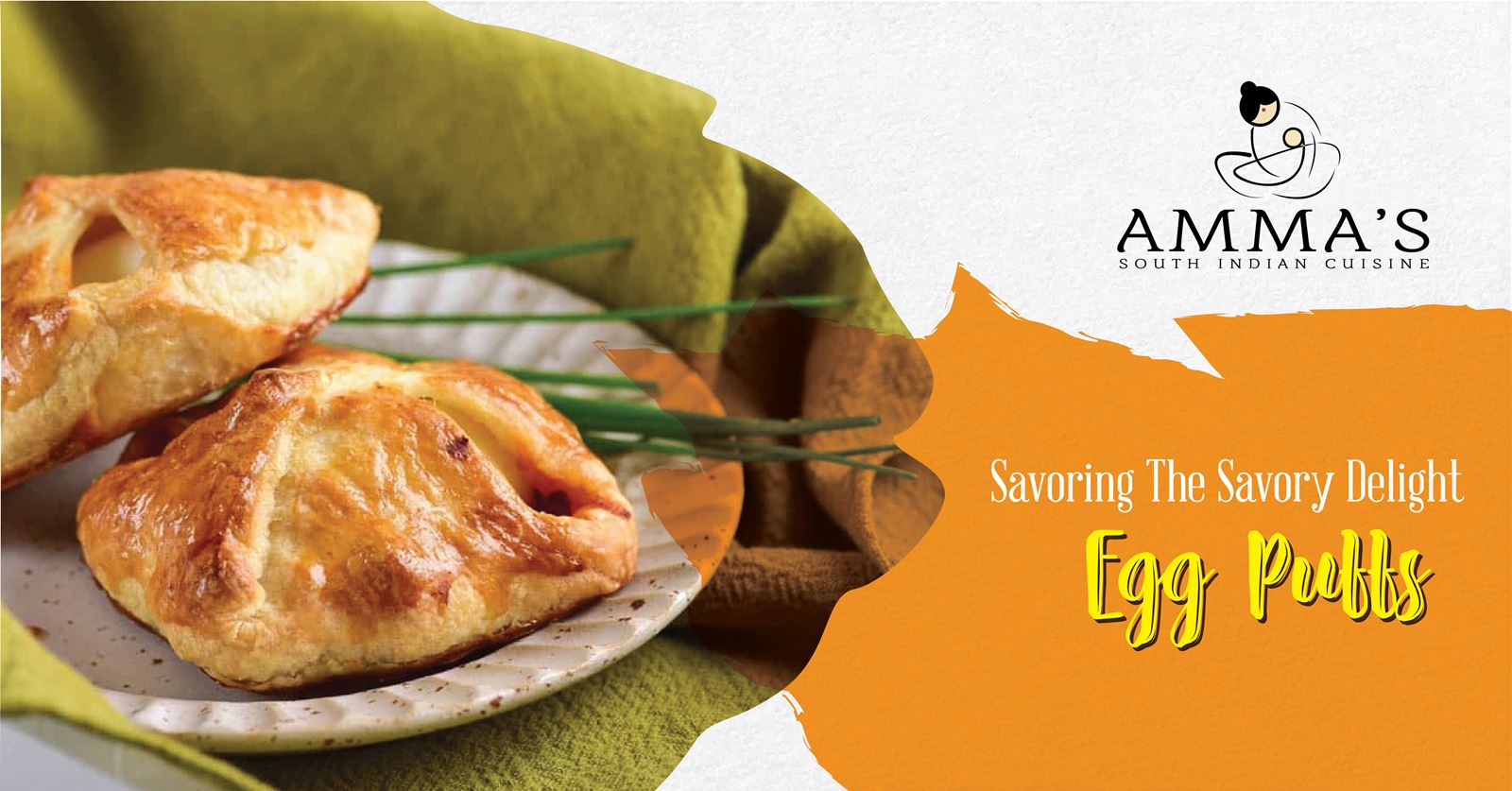
Kesari-The King of South Indian Desserts
South India’s most well-known dessert is kesari. It is a dessert that can be quickly prepared. The appeal of this dessert is that different kinds of fruits can be used to give it exotic flavoring. Additionally, it can be made with many combinations, including rava or aval, sugar or jaggery . It fits into a diet. Tamil Nadu, Karnataka, and other southern Indian states all assert that they are where the dish originated. The recipe is found in Manasollasa, a manuscript written in the 12th century by the Chalukya king Someshvara III.
In North India and Pakistan, semolina is referred to as sooji. Semolina is known as rava in South India. It is coarse wheat flour that can range in color from yellow to white depending on the quality of the wheat used to make it. Sooji can be used as the main component of many foods, including sweets. Also, it is used as one of the main ingredients of a batter in many Indian dishes. Kesari is typically prepared in South Indian homes using rava or sooji and is frequently served as a dessert or for breakfast.
Sooji is beneficial for those with diabetes since it lowers blood glucose levels. Sooji’s fiber content aids in lowering blood sugar levels in diabetics. The magnesium in sooji balances the levels of glucose or sugar in the blood, preventing the effects of diabetes from worsening.
South India’s rava kesari, which has a similar creamy aftertaste to sooji ka halwa, is a real pleasure. Saffron gives it its characteristically vivid orange color, which makes it more appealing and inviting. To make it more delicious, one can add their favorite fruits, like mangoes or pineapples. It barely requires a special occasion to create and enjoy this dessert.
One of the most well-liked desserts in India, rava kesari is prepared for almost all celebrations, poojas, and events. Because this dessert has a “kesar(saffron) flavor” added to it, it is referred to as Kesari in South India. Along with Sakkarai Pongal, it is also the most popular Prashad/Prasadam at religious gatherings and in temples.
Another Indian-style dessert made with millets rather than rava is called millet kesari. Similarly, kesari is also prepared using Aval or beaten rice. Aval kesari provides a lot of nutritional advantages. Some of these include being light on the stomach and simple to digest. They are light, yet you won’t feel hungry for a while. Since they are high in carbohydrates, it goes without saying that they give our body good energy. Their abundance in iron is a crucial additional component. Aval is a full nutritional bundle. Both sugar and jaggery can be used to make aval kesari. Ghee can be replaced with oil to make it vegan-friendly.
If you are impressed reading this post on kesari, do visit your nearest Amma’s South Indian Restaurant and get to taste this divine dessert. You will certainly agree that it tastes heavenly!




